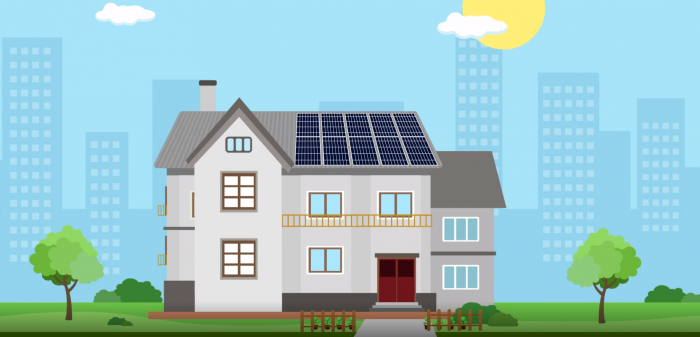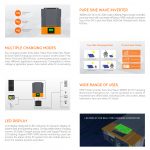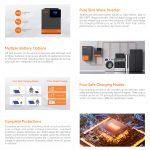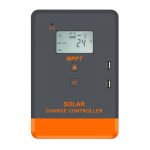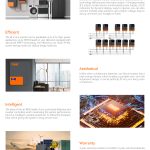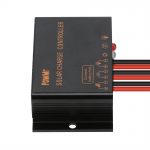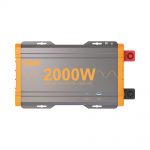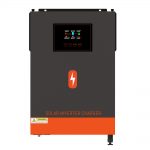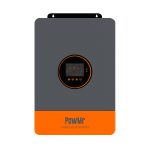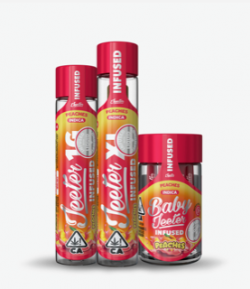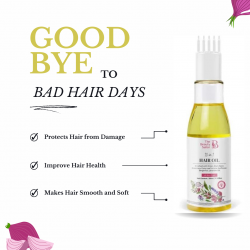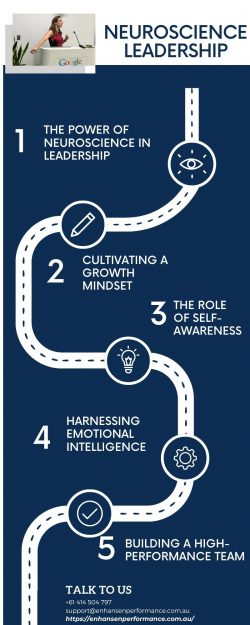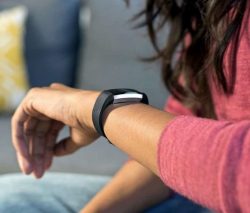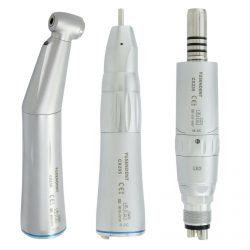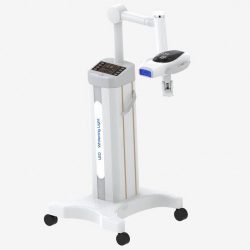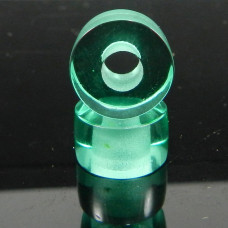Pure sine wave inverters come in different forms
The alkaline battery uses potassium hydroxide as the electrolyte, the anode is a steel wool substrate with active iron material, and the cathode is a nickel-plated steel wool substrate with active nickel material. This is the original “Edison cell”. Long life. …”Our experience with customers using alkaline batteries in standalone AE systems has shown that they may have as many disadvantages as advantages compared to lead-acid type PWM solar charge controllers.
What is a PWM solar charge controller and its incredible benefits? Pulse width modulation is the most efficient way to achieve constant voltage battery charging by switching the power devices of a solar system controller. This new method of charging solar cells offers some impressive benefits of pulse width modulated pulses. Both uninterruptible power supplies (UPS) and power inverter are used to supply power and are often confused with each other.
The best way to understand the difference between a UPS and an inverter is to first understand how they work. MPPT charge controllers require a higher price than PWM Solar Charge Controller types, but have a wider range of applications, and in larger solar projects, mppt controllers are the only option. The inverter must be sized for maximum peak loads and typical continuous loads. Surge: All inverters have continuous and surge ratings. Surge ratings are usually specified for so many watts in so many seconds. This means that the inverter will handle this many watts of overload in a short period of time.
UPS Mode – When the growatt inverter is in UPS mode, the inverter voltage operating range is between 180V-250V. That is, the inverter will charge the battery within the above voltage range. However, when the voltage is below 180 V or above 250 V, the UPS inverter cuts off the utility power and switches to the battery. This ensures the safety of sensitive electronic devices such as computers, hair dryers, blenders, washing machines, TVs, etc. Larger inverters (500 watts and above) must be hardwired directly to the battery. The cable size depends on the distance between the battery and the inverter and will be specified in the user manual.
When connecting the inverter to the battery, always use overcurrent protection, such as a fuse or circuit breaker, and use the thickest wire available, with the shortest practical length. A cable with battery terminals (ring or stud terminals) for connecting to the inverter is available here. What is an overcurrent protection device? Why do I need one? Many people believe that when they use a generator to charge a battery or electrical load, they need a transfer switch for an off-grid system. If you’re using an inverter/charger, there is an internal transfer switch to select between the inverter’s output and the incoming AC power.
Starting an AC motor across a line creates a huge drain in the power distribution system, causing voltage sags. Sensitive equipment such as computers and sensors trips when large motors start. AC drives eliminate this voltage dip by cutting power to the motor instead of tripping. Both MPPT and PWM are energy control methods used by charge controllers to regulate the current flowing from the solar panel to the battery. PWM is cheap, the conversion rate is 75%, and the mppt requirements are higher, but the latest MPPT can get a huge conversion rate improvement, up to 99%.
The Supreme Court granted the ban. Inverters, on the other hand, are more environmentally friendly and do not produce harmful fumes while efficiently powering high-load applications. All the more reason to choose an inverter over a diesel generator set! Pure sine wave inverters come in different forms and capacities to provide different efficiencies. Therefore, the efficiency of the inverter must be considered before purchasing an inverter.
The reason is that, like any electronic device or DC-AC converter, pure sine wave chargers generate heat and drain more battery power. Today, inverters have become a must-have in every home. Load shedding and increased power outages can hinder your work schedule and personal comfort, especially during the summer months. An easy way to mitigate power outages is to install an effective backup power system in your home. If you’re used to air conditioning, it can be difficult without it in the summer. Sitting in a room without a fan?
